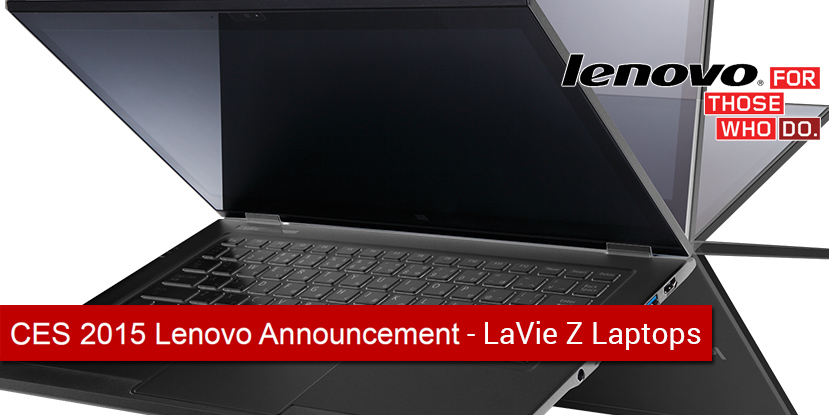Longer-lasting batteries for laptop computers at CES 2015
CES 2015 provided a huge number of noteworthy new laptop computers, thanks to the introduction of new materials, processors, designs and new ideas for how to make and sell PCs make this a big year for laptops, desktops, hybrids and tablets.
With Intel’s long-awaited fifth-generation Core series CPUs, known by the codename Broadwell. These processors will provide a modest boost to both performance and battery life in laptops, tablet PCs, and hybrids, but more importantly, give major PC makers a good excuse to refresh product lines and add new models.
Dell’s sharp-looking XPS 13 – Several systems also added Intel’s new RealSense camera, a new hardware/software combo that adds depth perception to webcams, allowing for new gesture controls, basic 3D scanning, and other party tricks.
Unlike some past years when computers previewed at CES were not heard from again until the back-to-school or holiday seasons, most of the systems we saw this year will be on sale within a few weeks to a few months. That’s because, also unlike previous years, Intel’s new line of CPUs are available right away, rather than trickling out during the course of the following year or two.

Lenovo’s 1.7-pound notable LaVie Z – Some of those new PCs make major jumps over past models, thanks to new design innovations. The most notable, for me, was the Lenovo LaVie, a very thin and light 13-inch laptop made in conjunction with NEC. Thanks to a new magnesium-lithium alloy, it weighs less than any comparable system we’ve seen — only 1.7 pounds or 0.8kg for a 13-inch clamshell laptop, or under 2.1 pounds or 1kg for a 13-inch hybrid.
Dell had perhaps the most-admired new aesthetic design of the show, with its updated XPS 13. That system added an eye-catching slim bezel, much like one would find on a current flatscreen TV, which allowed it to fit a 13-inch display into a body closer to an 11- or 12-inch laptop. Small desktops also made a surprisingly strong appearance, with HP offering a Mac-Mini-like Pavilion and Stream Mini line, and a startup called The Hive pitching a unique modular PC concept no bigger than a phablet. Intel had its own version, an Atom-powered PC-in-a-stick.
Did you enjoy this post? Why not leave a comment below and continue the conversation, or subscribe to my feed and get articles like this delivered automatically to your feed reader.

Comments
No comments yet.
Sorry, the comment form is closed at this time.